Small Münsterländer: Dog Breed Characteristics and Care
The Small Münsterländer is a medium-sized hunting dog with an affinity for water and can swim, point, retrieve, track, and even flush out small game. Outside of their favorable hunting qualities, they also make affectionate family dogs and are highly trainable. In their native Germany, they are known as the Kleiner Münsterländer.
Learn about the characteristics, history, and care needs of the Small Münsterländer.
Breed Overview
Group: Sporting
Height: 20.5-21 inches
Weight: 40-60 lbs
Coat: Medium length, double coat
Coat Colors: Brown and white or brown roan
Life Span: 12-14 years
Temperament: Affectionate, energetic, loyal
Hypoallergenic: No
Origin Country: Germany
Characteristics of the Small Münsterländer
The Small Münsterländer is an active and intelligent breed. They make great family dogs or hunting companions but regardless of their role, they need a way to exert their energy. They are highly trainable and love water, so they'll probably enjoy dock diving, obedience trials, agility, and other activities.
| Affection Level | High |
| Friendliness | High |
| Kid-Friendly | High |
| Pet-Friendly | Medium |
| Exercise Needs | High |
| Playfulness | Medium |
| Energy Level | High |
| Trainability | High |
| Intelligence | High |
| Tendency to Bark | Low |
| Amount of Shedding | Medium |
History of the Small Münsterländer
Originating in Germany sometime in the mid-to-late 19th century, the Small Münsterländer was developed as a pointing dog when German hunting laws changed. The Club for Small Münsterländer Pointing Dogs was established in Germany in 1912 but it wasn't until 1921 that breeders finally began adhering to the breed standard.
Small Münsterländers were bred for their hunting instincts and proved to be excellent swimmers, retrievers, trackers, hunters, and pointers. In addition to these desired sporting qualities, they also turned out to be great family dogs. They were eventually brought to the United States in the early 1970s but are still rare in the United States.
Small Münsterländer Care
All dogs require some level of care. Small Münsterländers are not high-maintenance dogs when it comes to grooming and training, but they do require a good amount of daily exercise and mental stimulation.
Exercise
Providing exercise is vital for the health of your Small Münsterländer. Mental and physical stimulation in the form of agility, flyball, dock diving, and other activities can keep your dog busy but ideally, this sporting breed is doing what it was bred to do—hunting, pointing, retrieving, or tracking.
Swimming, running around in a fenced-in yard, and going on regular walks are things any Small Münsterländer will enjoy, even if they don't live with a family of hunters. If you don't give your Small Münsterländer enough things to do, they will get bored and may begin to display unwanted behaviors.
Grooming
Small Münsterländers have a medium-length double coat. Most of the year they don't require much grooming but since they are seasonal shedders, the late spring and early fall will keep you busy brushing. Outside these times, they'll just need monthly brushing, the occasional bath with ear cleaning, and regular nail trims.
Training
While their natural hunting instincts are desirable, Small Münsterländers still need training to harness their strong drive and energy. Socialization with people and other animals alongside a good amount of positive reinforcement-based training will help your Small Münsterländer become a polite member of the family.
Common Health Problems
The Small Münsterländer is generally a healthy breed and reputable breeders will do their parts to ensure they are not contributing unwanted genetics into their breeding stock. As with any dog though, this breed can develop some common health problems, including:
- Periodontal disease
- Ear infections
- Parasites
- Hip dysplasia
- Hypothyroidism
Diet and Nutrition
Like all dogs, the Small Münsterländer should eat a nutritionally complete diet formulated for dogs by veterinary nutritionists to thrive. This may be a store-bought kibble or a specially crafted diet. When feeding, measure out the appropriate amount of food based on your dog's weight, age, activity, and caloric content to prevent obesity and other health issues.
If you aren't sure what or how much to feed, ask your veterinarian for recommendations.
Where to Adopt or Buy a Small Münsterländer
Since this breed is still fairly rare in the United States, it is highly unlikely that you will find one in a shelter or through a rescue group. This, however, does not mean that they are not able to be purchased from breeders in the States.
The Kleine Münsterländer Group of North America maintains a list of German registered and reputable Small Münsterländer breeders in the states, and the American Kennel Club (AKC) also provides a list of breeders for future dog owners to utilize. Expect to pay about $1500-$2000 for a healthy Small Münsterländer puppy.
Small Münsterländer Overview
Both active families and avid hunters will appreciate the versatility of this breed.
Pros of the Small Münsterländer
- Does not bark very much
- Highly trainable
- Affectionate
Cons of the Small Münsterländer
- Requires a lot of mental stimulation
- Has a high prey drive
- Needs a lot of physical activity
More Dog Breeds and Further Research
If you're interested in the Small Münsterländer, check out these other dog breeds:
- German shorthaired pointer (GSP)
- Brittany
- Labrador retriever
There’s a whole world of potential dog breeds out there—with a little research, you can find the right one to bring home.
- Are Small Münsterländer good apartment dogs?
This breed needs a lot of space to exercise mentally and physically. Because of this, they are not ideal apartment dogs unless their families are committed to giving them enough mental and physical stimulation each day.
Are Small Münsterländers good family dogs?Yes—Small Münsterländers can be great family dogs with proper socialization. They are good with children and are an affectionate breed.
What were Small Münsterländer bred for?This sporting breed was designed to hunt, point, swim, track, and retrieve. They are versatile, active, and eager to please.
RECOMMENDED NEWS

Understanding Dog Growling
Most people generally know what it means when a dog growls. When you hear a dog growling,...

Why Puppies Eat Poop and How to Stop It
Why do puppies eat poop? While puppies tend to eat many strange things, poop-eating is on...

Understanding Dog Talk
Dogs are social creatures that live together, and so they need a dog language in order to...

The Risks of Candy Canes for Dogs: What Pet Parents Need to Know
While it may be true that the holidays are the most wonderful time of the year, it’s ce...

Patellar Luxation in Dogs
Patellar luxation is a common problem, especially in small dogs, that can cause issues li...

Löwchen (Little Lion Dog): Dog Breed Characteristics & Care
One of the rarest dogs in the world, the löwchen (pronounced lerv-chun) is a European br...
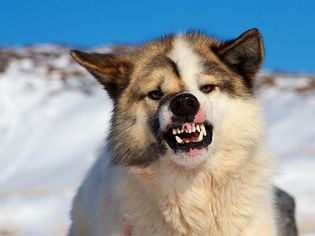
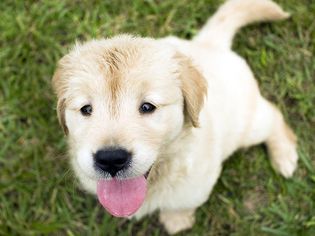
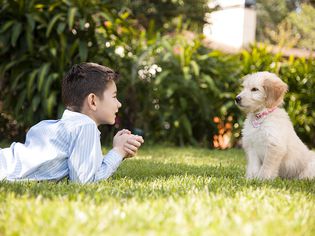
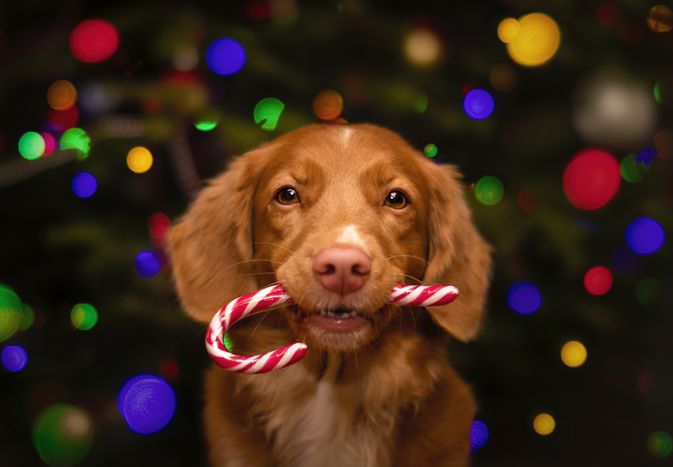
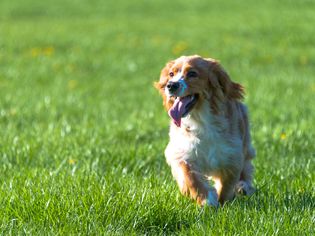
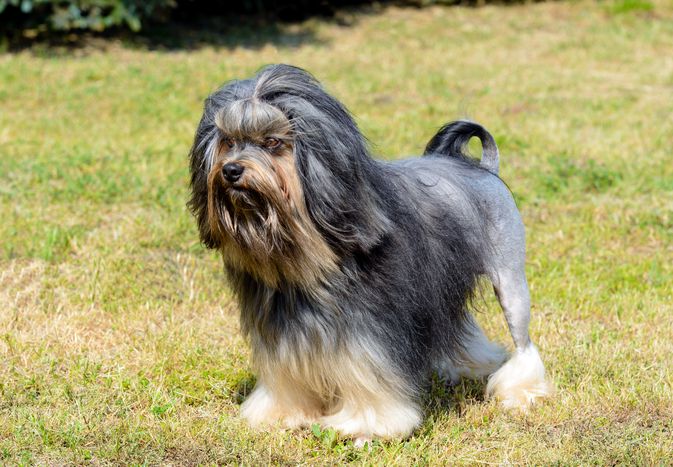
Comments on "Small Münsterländer: Dog Breed Characteristics and Care" :